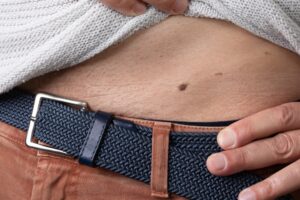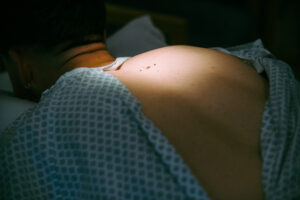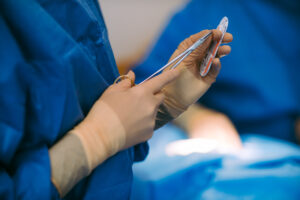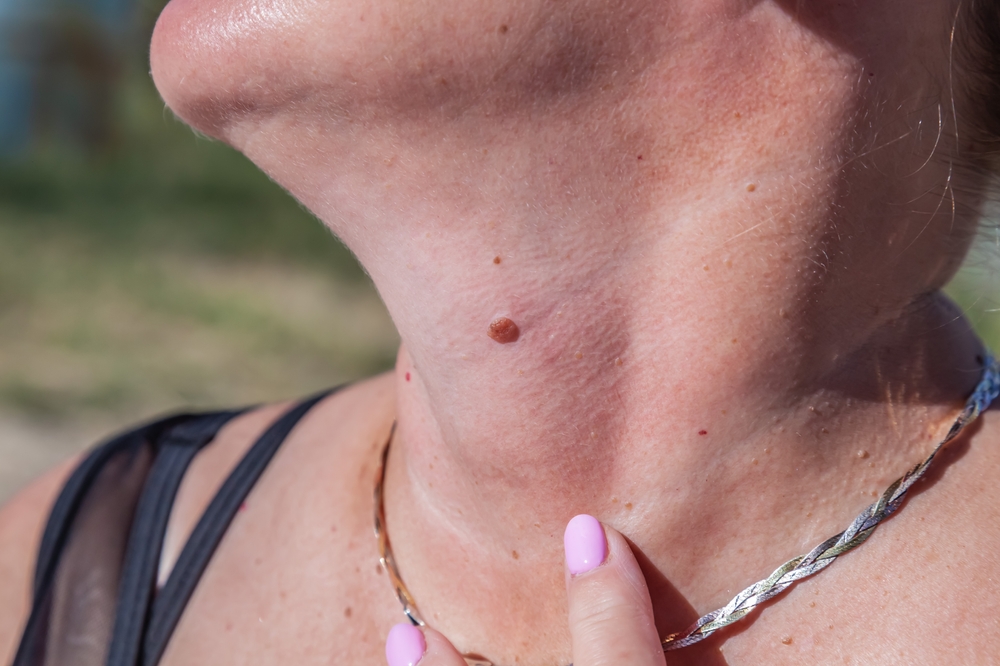How do I know if my mole needs checking?
Moles are common skin growths that most people have. Most are harmless. If you feel your mole needs checking, get in touch. Early detection of skin cancer, including melanoma from a mole that is changing or becomes symptomatic, is key to a successful diagnosis and treatment.
We also recommend a consultation if your mole is on a place on your body where it rubs on clothing or is otherwise annoying.

These are signs to watch out for if a mole needs checking
- Asymmetry: One half of the mole does not match the other half in shape or colour.
- Border: The edges of the mole are irregular, ragged, notched or blurred.
- Colour: The mole has uneven colouring with shades of black, brown, tan, red, white or blue.
- Diameter: The mole is larger than 6mm across (about the size of a small pea), though melanomas can be smaller. Or you notice your mole has grown, becomes itchy, bleeds and has changed in shape, size or colour.

We also recommend a consultation if a new mole appears after age 30 and doesn’t disappear again. Let us know if you have a mole that is different to your other moles. Itchy, tender or bleeding moles (if not caused by clothes rubbing) also need to be checked by our team.
Keep an eye on your moles; so you know if one has changed, grown or simply appeared. Take photos with an object in the frame, like a pen. Then compare the photos over time. Get in touch with us to put your mind at rest.
Self-examinations and professional skin checks are recommended if you have risk factors like fair skin, a history of sunburn or a family history of skin cancer.
Will the surgeon remove my mole?
Send us photos (using our 'booking enquiry' form) of the mole you are concerned about. We will get in touch to arrange a consultation. Our surgeon will either remove the mole, and send it off for analysis, or advise that it is doesn't need removing and recommend you keep an eye on it.
Most mole removals can be done under local anaesthetic. You are awake throughout in what is a relatively comfortable procedure. Small, dissolvable stitches will close the wound. Sometimes the surgeon will use stitches that will need to be removed. You can easily organise this at your local medical centre or with one of our specialist nurses. We will give you instructions on how to take care of your wound and how to minimise any scarring. Talk to us today.

